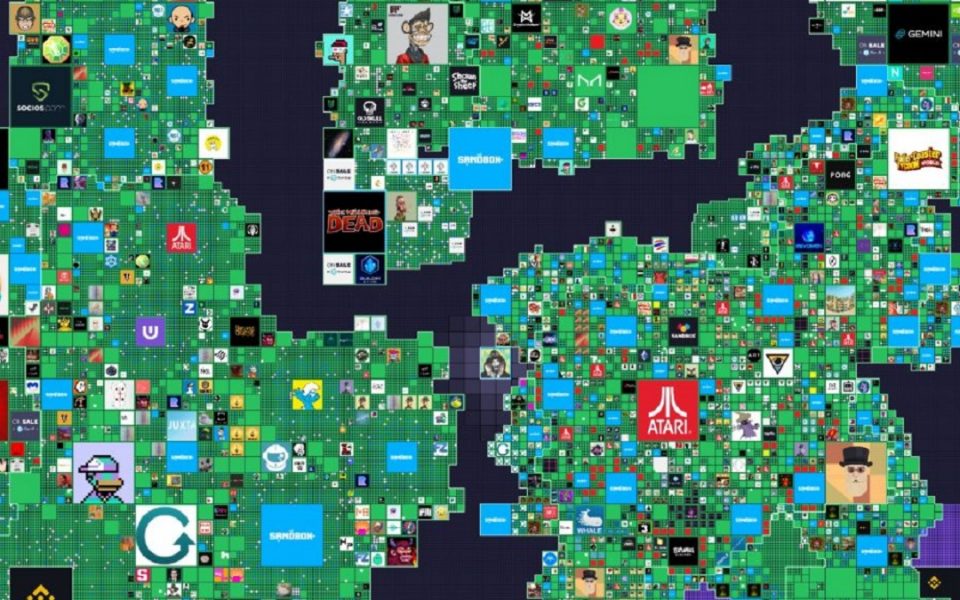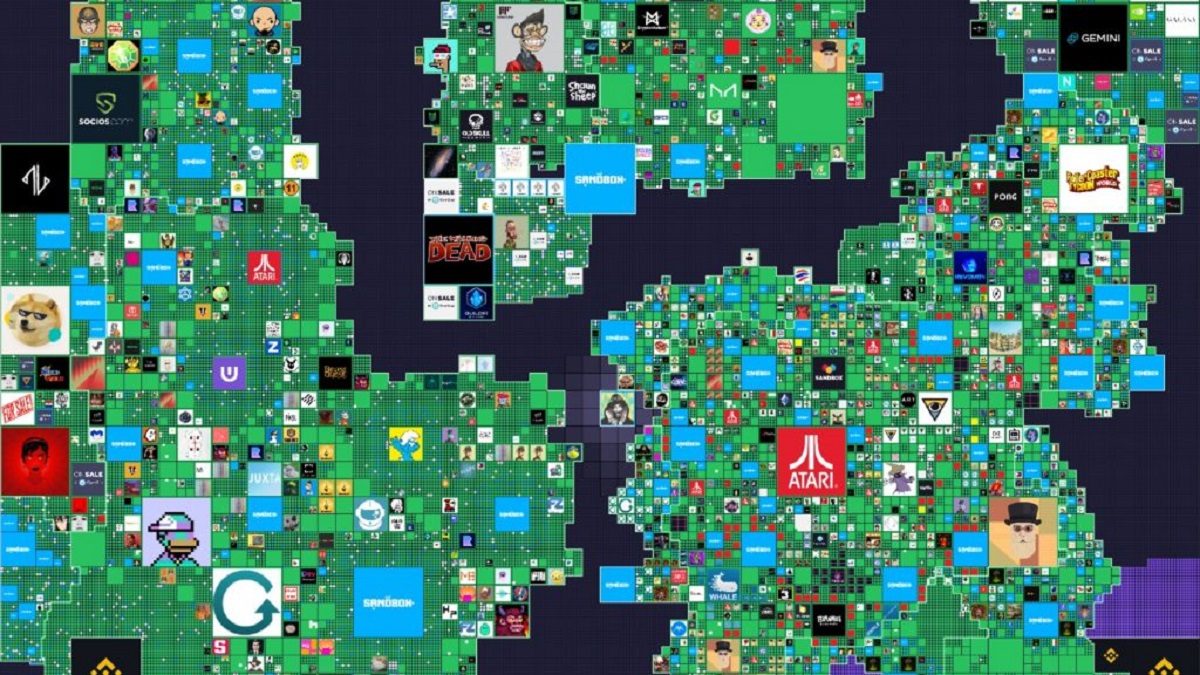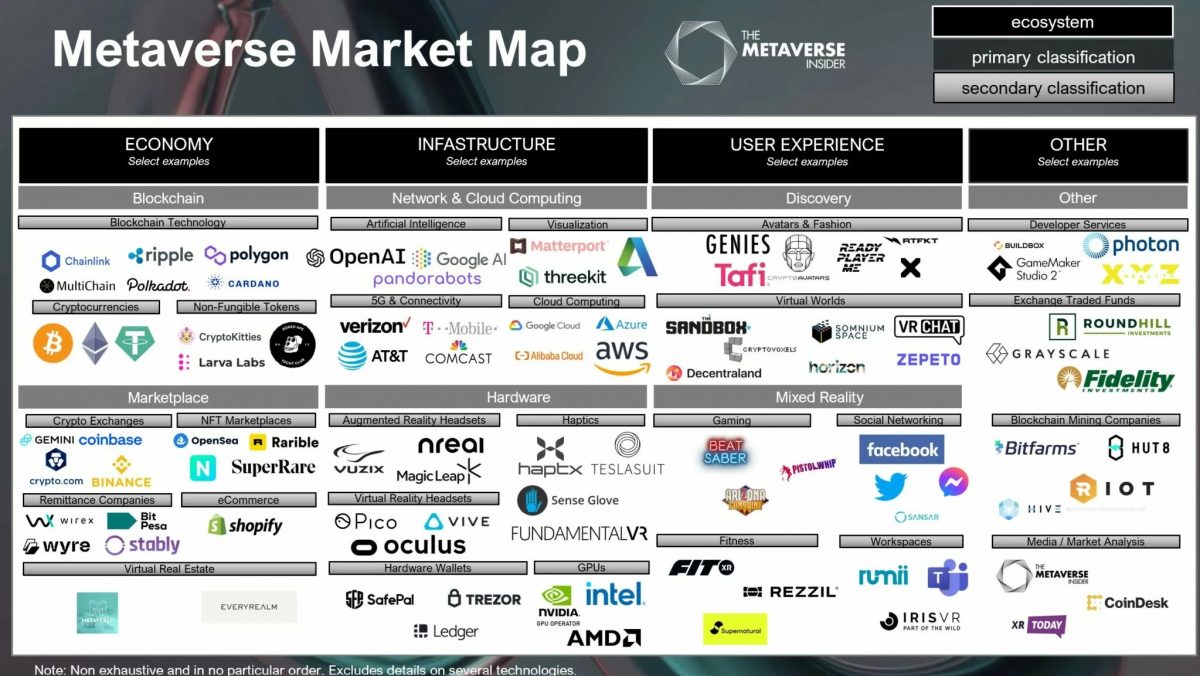What is the Metaverse? A Complete Guide to Our Web3 Future
Until recently, many believed the metaverse was nothing more than a pipe dream by technologists and sci-fi nerds. But since the pandemic, a shift towards digital interaction and the rise of digitally native consumers has led experts to see the metaverse as the next major shift in computing.
From corporate boardrooms and mainstream media to indie podcasts, discussions of the metaverse abound. But how realistic is this vision for a digital reality that parallels IRL experiences? In a world of constant hype, sometimes the excitement surrounding anticipated impact of new technology outpaces its actual readiness for mainstream adoption. And, to a degree, the metaverse is no exception.
But despite the hype, a central question remains: What really is the metaverse?
It’s time to explore the definition of the metaverse, break down how to access it, identify its key players, and hear from experts to examine what it means for the future.
What is the metaverse?
From the outset, it seems like a subjective question. The information technology company Accenture said the metaverse is a “spectrum of digitally enhanced worlds, realities and business models,” designed to redefine “how the world works, operates and interacts,” according to a blog post. With so many different industries, and even varying modes of perception in the mix, it’s no surprise that the metaverse is still largely undefined. But that doesn’t mean we can’t imagine what it might look like as it evolves with Web3.
Indeed, many experts refer to the metaverse as an interconnected collection of immersive, three-dimensional virtual worlds that will one day serve as the gateway to most online experiences. “The metaverse is the next evolution in social connection and the successor to the mobile internet,” reads a different blog post, from Meta. “The metaverse is a set of digital spaces to socialize, learn, play and more, and will include familiar 2D experiences, as well as ones projected into the physical world, and immersive ones too.”
It’s important to note that the metaverse is not the same as Web3. Rather, elements of Web3, like the blockchain and NFTs, will be used to build the metaverse. And, when it comes together, it “would be a kind of online playground where users could join friends to play a multiplayer game like Epic’s ‘Fortnite’ one moment, watch a movie via Netflix the next, and then bring their friends to test drive a new car that’s crafted exactly the same in the real world as it would be in this virtual one,” said Epic CEO Tim Sweeney in a Washington Post report. “It would not be the manicured, ad-laden news feed presented by platforms like Facebook.”
As of writing, much of the metaverse’s future is still unwritten. So it’s hard to say how it will truly come to fruition. But considerable debate swirls around the cultural zeitgeist: Should the metaverse be open, trustless, and decentralized, or can it be “owned” by a big tech giant like Meta?
Without decentralization, some argue, we’ll fall into the same patterns of centralized data ownership and bureaucracy that plague our current technological environment. Others are more focused on the user experience and don’t mind the metaverse being controlled by a single entity.
How to access the metaverse
While much of today’s metaverse is accessible in-game or in-browser, many experts think metaverse experiences will be driven by augmented, virtual, and mixed reality. To achieve this, however, true metaverse exploration will require additional hardware and substantially greater computing power.
Right now, the best way to access the metaverse is through in-browser, blockchain-native metaverses like Decentraland and Sandbox. To access this metaverse, one must first set up an Ethereum Wallet like MetaMask, which will serve as your metaverse log-in key. Next, simply visit the Decentraland or Sandbox websites and connect your wallet to log in.
Don’t want to create a wallet? Decentraland offers a guest-log-in option, although your progress and data in the game will not be saved, while The Sandbox lets users register with a social account or email address.
For those who champion the idea of the open metaverse, the hope is that users will eventually be able to hop from world to world while maintaining complete ownership of their data and self-sovereignty. But for various technical reasons, we are still years away from this future. So, for now, the metaverse is still a walled garden. This means virtual worlds are siloed within their own “four virtual walls.” For example, you can’t take your avatar, wearables, and data from Decentraland and carry them into Roblox.
Unfortunately, this also means that features like buying assets within each blockchain-native metaverse platform require the use of a platform-specific cryptocurrency. For Decentraland, this is MANA. And for The Sandbox, this is SAND. To buy in-game assets in either platform you must use the respective native token. Users can purchase both MANA and SAND directly on major exchanges like Coinbase.
How to buy land in the metaverse
Consumers and enterprises have moved in droves within the last 12 months to secure valuable real estate in the metaverse. Much like accessing the metaverse, to purchase land in either the Decentraland or The Sandbox you need a crypto wallet. Land can be purchased in-game using the native utility tokens or through secondary exchanges like OpenSea and Rarible. While trading volume topped out at $229 million in November 2021, with some pieces of land fetching upwards of $4 million, the market has cooled down considerably in the last six months. Trading for land on six platforms, including Decentraland and The Sandbox, is down 97 percent from its November peak, according to data from WeMeta.
But don’t worry, not every world requires crypto to acquire land. Alternative games like Upland and Second Life allow users to obtain digital land using tokens that can be bought with any major credit card. For a complete walkthrough, check out our Guide to Virtual Real Estate.
Metaverse players you need to know
Determined to capitalize on this $800 billion opportunity, many businesses, institutions, and high-net-worth individuals are flocking to metaverse investments. And given the industry’s rapid evolution, along with the mimetic drive of the business world, all signs indicate that this flood of investment is only beginning.
Within the first five months of 2022, large corporations and financial institutions have piled $120 billion into metaverse investments, more than double the total amount invested in all of 2021. Meanwhile, the number of companies building in the metaverse has jumped by more than two times, from 200 to 500, in a little under a year.
So where is all this money going? It’s funneling into a mix of Web2 and Web3 companies tackling the four main focus areas of the metaverse: Economy, Infrastructure, User Experience, and Other, as indicated in Metaverse Insider’s Market Map.
Here are a few of the biggest players.
Meta
In October 2021, Facebook rebranded as Meta, signaling a broad charge toward the metaverse that sent shockwaves throughout the business and technology worlds. Since then, Meta has focused on building the internet’s next iteration, announcing the launch of its VR game Horizon Worlds, a partnership with DressX, and the development of the world’s fastest AI supercomputer.
Decentraland
Since its inception in 2017, Decentraland has remained steadfast in building the first browser-based 3D virtual world owned by its users. Built on the Ethereum blockchain, Decentraland has cemented itself as one of the premier virtual worlds in the metaverse ecosystem, allowing users to explore, interact, and play games. The token MANA is used to power Decentraland’s in-game economy.
The Sandbox
Another metaverse major, The Sandbox Game is a decentralized NFT gaming metaverse, where players can build, own, and operate their gaming experiences. Users can own land, build and play games, and create and monetize digital assets. Partners include Adidas, DeadMau5, Snoop Dogg, and Atari.
Epic Games
Fresh off $2B in funding from Sony and LEGO Group owner Kirkbi, Epic Games is on a quest to build the premier metaverse of the future. Much of this metaverse development is centered around Epic’s Unreal Engine. The engine, which serves as the foundation of Fortnite, showcases Epic’s proficiency in computer graphics, 3D visualization, AR, and VR. Fortnite has already led the charge in creating virtual events, bringing together millions of concurrent users for in-game concerts from superstars like Travis Scott, Ariana Grande, and Marshmello.
Nvidia
Acknowledging the potential of an open-metaverse, Nvidia is taking a different approach than many of its competitors. In addition to providing the technologies that will power the metaverse, the international chipmaker recently announced that it will grant individual artists and creatives free licenses for its Omniverse software to help build virtual metaverse worlds.
Unity
The game studio turned gaming infrastructure provider, Unity, wants to be the rails for the metaverse. But to do that, it must first overtake Epic’s Unreal Engine. Similar to Unreal, Unity is a cross-platform game engine that helps bring games to life through 3D, 2D, VR, and AR.
Roblox
Roblox is not a game in itself, but rather a game development platform where users can play and create their own games. And it’s seen incredible success. Of Roblox’s 54.1 million daily active users, the average user spends more than 2.5 hours per day on the platform.
Already signaling its power in bringing users together virtually, Roblox’s next step is to tackle the metaverse. The company recently announced a search for a Senior Web3 Developer and large corporations like Gucci, Nike, and Vans are flocking to the platform to build Roblox worlds capable of capturing the attention of younger consumers.
The future of the metaverse
McKinsey reports that 59 percent of consumers are excited about transitioning their everyday activities to the metaverse, with a total market impact of $5 trillion by 2030. The impact for eCommerce alone could reach between $2 trillion to $2.6trillion.
Much of this excitement surrounds the rise of digital ownership and the lack of physical constraints within the metaverse, said Jackson Bridges, Project Advisor, and Showcase Guide at ALTERRAGE, in an interview with nft now. This allows for true imagination and creativity to shine.
“The metaverse is the dream of every kid who grew up on the digital playground and, with the introduction of the blockchain, it now fills the gap between online social interaction and ownership,” said Bridges to nft now. “In the real world, we are limited by the forces of gravity and nature for self-expression of identity. In the metaverse, we can express ourselves through means which would not be possible IRL like by wearing flaming suits or floating crowns.”
So how close are we to the metaverse of the future? According to Raja Koduri, Intel’s Senior Vice President and Head of Accelerated Computing Systems and Graphics, we have a ways to go. In his blog post, “Powering the Metaverse,” Koduri cites the need for a “1,000-times increase in computation efficiency from today’s state of the art” to recognize the metaverse as the future of the internet. To solve this, tech giants are investing heavily in developing their own AI supercomputers, contributing to the growth of the supercomputer market, which is expected to reach 17.2 billion by 2030.
This is a stark contrast to estimations from Gartner, which expects 25 percent of people to spend at least one hour per day in the metaverse for work, shopping, education, socializing, and/or entertainment. While it’s hard to predict how the metaverse will look three years from now, let alone the next decade, this creates a unique allure that incentivizes interest, said Sasha Wallinger, Head of Web3 and Metaverse Strategy at Journey, in a different interview with nft now.
“To creators, this vast and tantalizing landscape has brought about plenty of inspirational projects, from Gucci’s many engagements across Web3, to a myriad of independent designers developing worlds, digital twins, and portals to empower purists and tourists to enter the metaverse in a variety of ways,” Wallinger said to nft now. “When I think about the interplay between consumers and brands in the metaverse, it’s a dance of meeting people where they are and showing up in new ways.”
But, despite all the excitement, many business leaders see the yet-to-be-defined state of the metaverse as a potential drawback with no clear measurable success metrics. Wallinger acknowledges this perspective but believes that these data points are never clearly defined when a system’s change occurs to this degree. Right now, she says, we’re still in testing mode.
“Basically, it’s futile to use Web2 metrics to evaluate Web3 activations,” added Wallinger. “Businesses need to be just as creative about how they develop strategic roadmaps to integrate the metaverse with their audiences, as Web3 creators are about building the future of the metaverse.”
Doubtless, the metaverse presents ample opportunities. But to fully become acclimated, each of us will have to expose ourselves to new technologies and environments. “Head to a platform you find compelling and jump in,” suggested Wallinger. “You don’t need a gaming computer or AR/VR headset to step into the metaverse, it’s out there, on your phone, all around you.” In other words: Get involved.
The post What is the Metaverse? A Complete Guide to Our Web3 Future appeared first on nft now.




